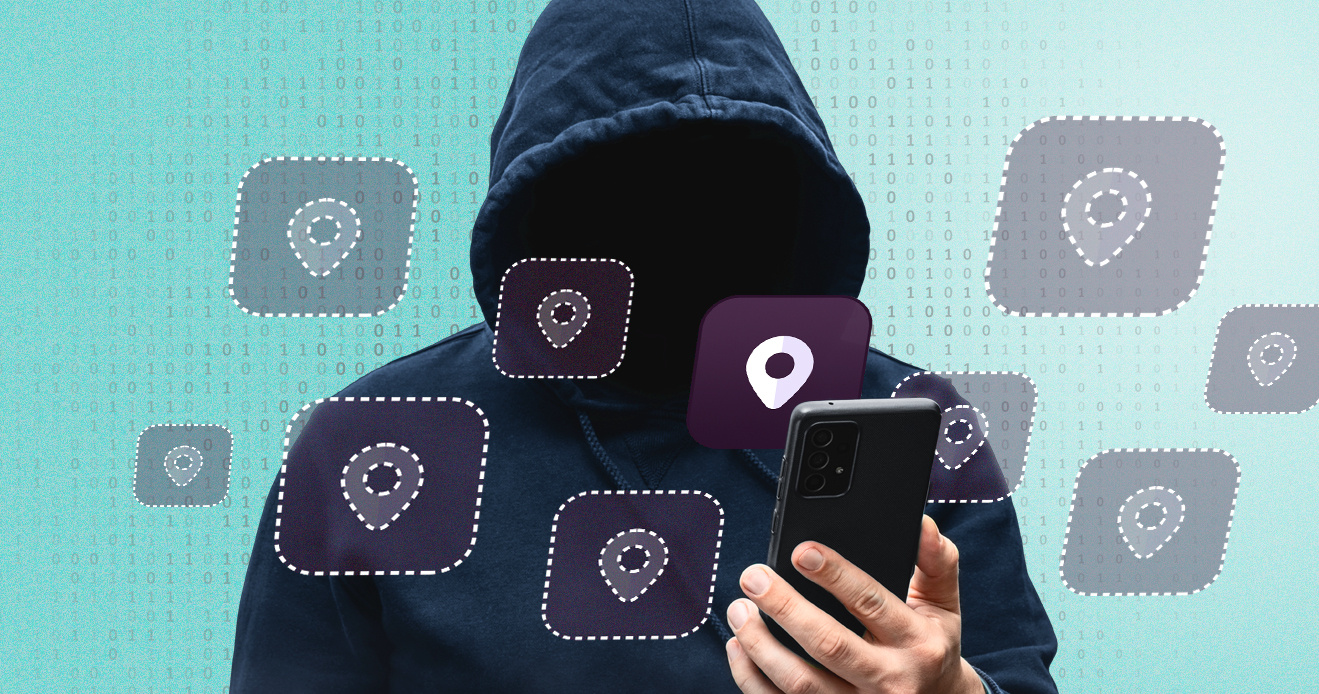- Blog
- Location Behavioral Biometrics [A New Type of Digital Identity]
Location Behavioral Biometrics [A New Type of Digital Identity]
You can't understand someone until you've walked a mile in their shoes.
Subscribe to the Incognia Newsletter
Location-based behavioral biometrics offers the opportunity for a new type of digital identity to make our digital lives easier and more secure.
Our location fingerprint
Our movements around the world each day create a location pattern that is unique to us. Take a moment to think about it. How many people in the world travel the same path each day from home to the store, for a walk or a bike ride, to the office? The places each of us visit and when we visit them make up our unique behavioral pattern. Changing in real-time as we move, location behavior creates a dynamic fingerprint that is extremely difficult to imitate. This makes location behavior a powerful identification tool, however, like many powerful things, it is challenging to harness and comes with responsibility.
Location as an identity
In order to use location as an identity, the underlying technology needs to embrace four main characteristics — accuracy, precision, efficiency, and privacy.
The accuracy and precision of location data are the details that distinguish our behavioral patterns from those of our neighbors, and legitimate users from fraudsters. Accuracy, or the ability to determine the true location of a device, and precision, meaning the consistency of the location data collected, are both critical to ensuring that the data is both credible and distinguishable.
The efficiency of data collection is also essential to ensure that location data can be continuously updated. A location fingerprint needs to be updated in real-time so it comprises enough detail to be used as a unique identifier. Knowing when and where to collect data makes this level of detail possible without depleting a smartphone's battery and impacting the user experience. The power of a location fingerprint, as compared to a regular fingerprint, is that it is dynamic making it unable to steal.
The final and most critical step of using location behavior for identity is ensuring user privacy. Cryptographic techniques and systems like differential privacy make it possible to de-identify location data so that it cannot be linked to the real-world identity of any individual. While it is the responsibility of every location technology company to make data protection a priority, at Incognia we make privacy our top priority, with a privacy-first design that requires no capture or storage of Personally Identifiable Information (PII). We follow five core pillars in protecting location data and user privacy.
Creating a moving target
Today, identity verification and authentication based on static information, such as passwords, physical documents, and knowledge questions, are being outsmarted by new forms of identity fraud, including synthetic identities and stolen biometrics. In contrast, digital identity based on location behavioral biometrics creates a moving target that is very difficult to predict or mimic and that doesn’t add friction to the user experience.
Working silently in the background, location-based behavioral biometrics offers the opportunity for a new type of digital identity to make our digital lives easier and more secure.
Visit the Incognia Location Identity Technology page to learn more.

![Location Behavioral Biometrics [A New Type of Digital Identity] Featured Image](https://www.incognia.com/hubfs/US/blog/%5BFEATURED%20IMAGE%5D%20What%20is%20location%20behavioral%20biometrics.jpg)



